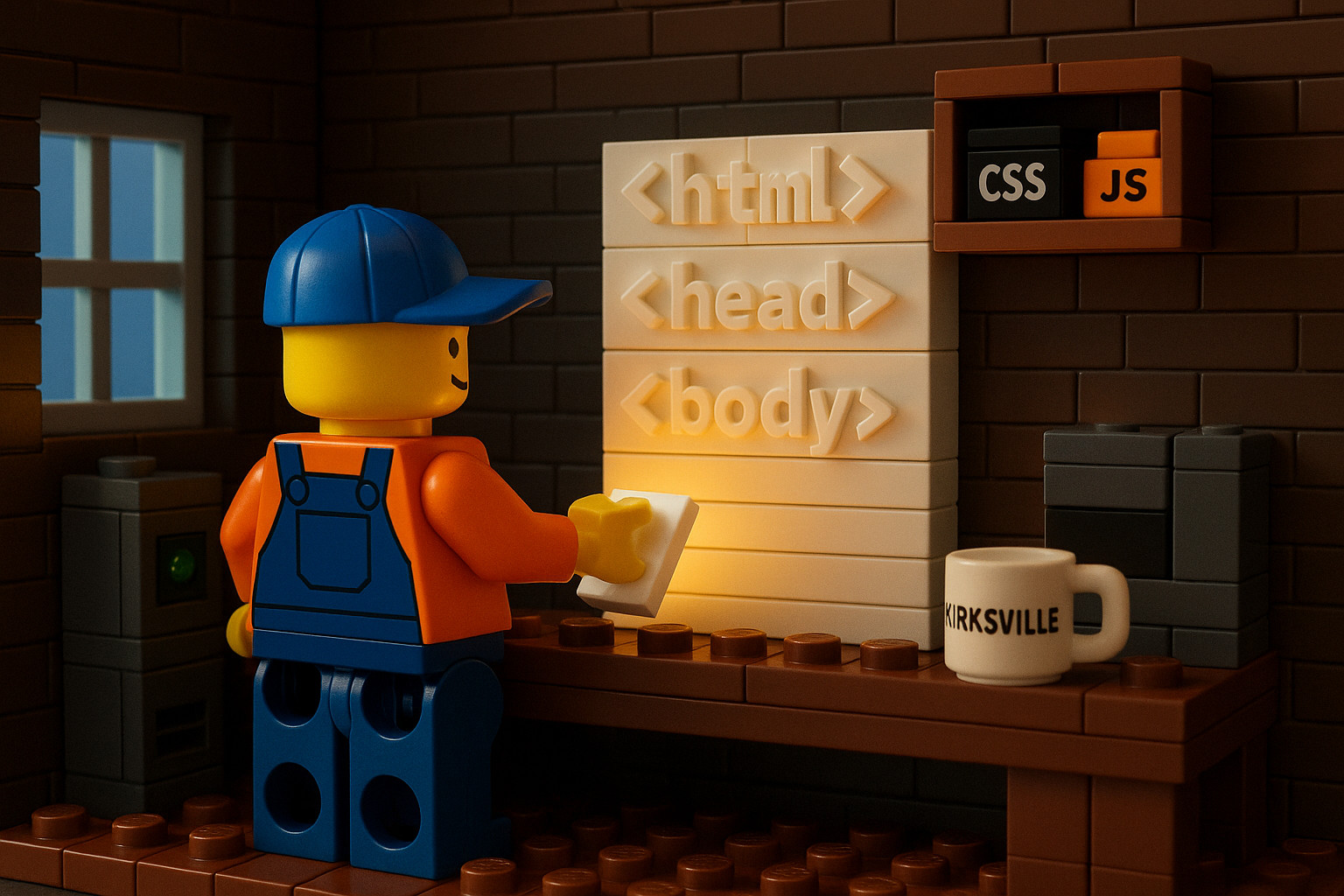Why Plain HTML Websites Are the Future (Again)

Table of Contents
Why Plain HTML Websites Are the Future (Again)#
When the internet began, every page was plain HTML. No logins, no databases, no endless updates. Just text, links, and a bit of color. Those early websites loaded instantly, worked everywhere (loosely speaking, lol), and often stayed online for decades without breaking.
After all my years designing websites – everything from e-commerce stores selling digital goods to Python and PHP-based projects – I find myself returning to that original simplicity. I still build powerful sites when needed, but I have learned something: a clean HTML site often does the job better.
Static vs. Dynamic#
This website is a pure HTML website. See how fast and clean it is.
A common and typical “dynamic” site runs code every time someone visits. It calls databases, executes scripts, and relies on a stack of moving parts. That makes it flexible, but also fragile. If one plugin fails or the host updates its software, the site can break. Dynamic sites also tend to load slower because the server must assemble the page before sending it.
A static HTML site, by contrast, is already built. It is a finished set of files waiting to be served – no waiting, no database queries, no runtime surprises. When you open it, you get the page instantly. Nothing stands between your visitor and your content.
SEO and Performance#
Search engines love fast, stable websites. Google ranks pages partly by how quickly they load and how well-structured the code is. Static HTML pages usually win on both counts. They are smaller, cleaner, and less prone to failure. Core Web Vitals like LCP (Largest Contentful Paint) and CLS (Cumulative Layout Shift) almost always improve on static sites.
Security is another quiet benefit. No database means no injection attacks. No admin panel means no brute-force logins. Your site becomes less of a target and more of a rock.
Modern Tools for a Classic Web#
Plain HTML does not mean primitive. I use Hugo, a modern static site generator that lets me create rich layouts, blogs, and responsive designs – all while producing pure HTML. Other excellent tools include Jekyll and Eleventy. Each offers modern design workflows with classic stability, letting you build sites that are fast, portable, and nearly maintenance-free.
It is a return to craftsmanship. You end up with a website that feels like a well-built tool instead of an app that constantly demands updates.
For Kirksville Businesses#
Kirksville’s small businesses and organizations do not need to chase every new web trend. For the needs of most people and business here, a simple HTML site is all that is needed.
What people in Kirksville need is something fast, secure, and affordable – something they control. A static HTML site is perfect for that. It loads quickly even on slow rural connections, requires no constant maintenance, and lasts for years with almost no upkeep.
I design these sites locally through Switchboard Tech Services, built right here in Kirksville. Whether you need a simple landing page, a local business site, or a modern redesign of an older site, I can create it cleanly in HTML and make sure it performs well on search engines.
Full-HTML, Full Control#
After a long detour through complex frameworks, it feels good to return to the basics. The web was built on HTML, and it still runs best on it. If you want a website that is fast, secure, and built to last – without the constant maintenance headaches – reach out to me at Switchboard Tech Services.
A good HTML website is not just old-school. It is future-proof.